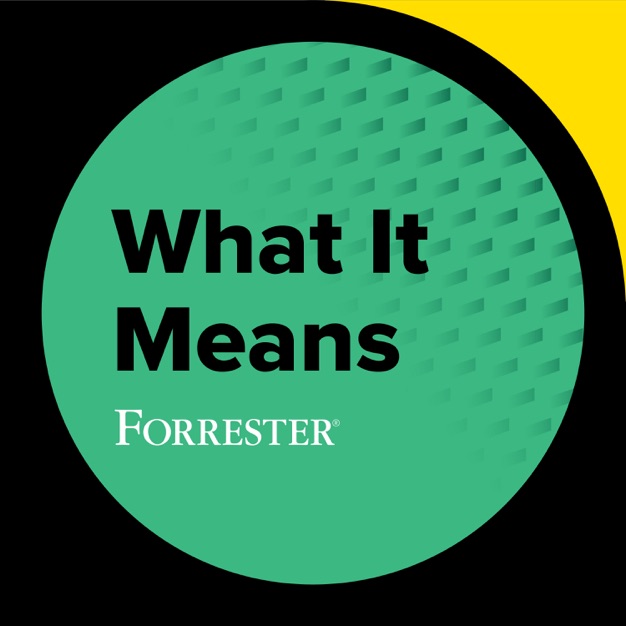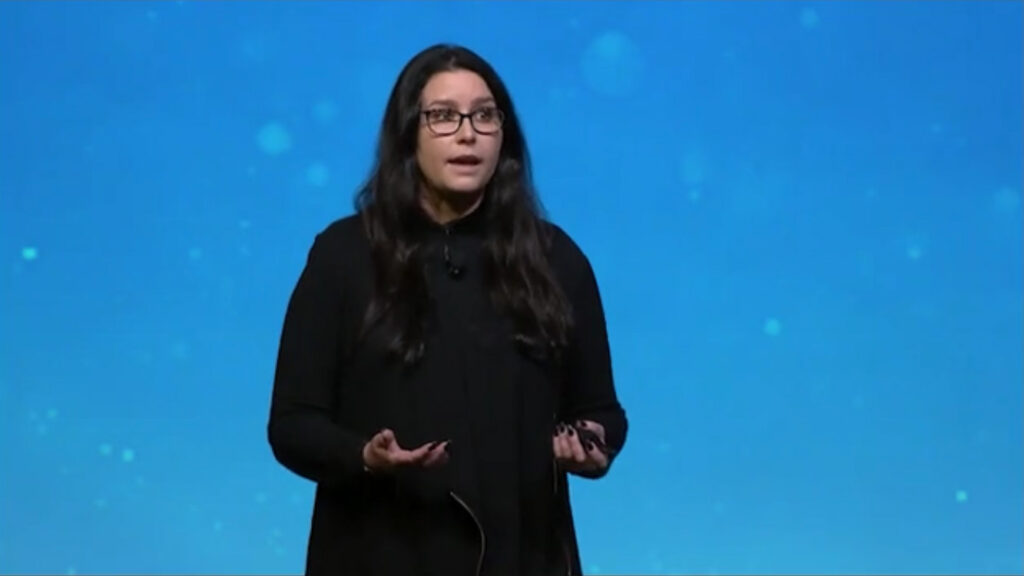Closing out 2019 and heading into a new decade… It seems completely appropriate to load everyone up with a slew of 2020 trends. See you next year!
Five Trends Shaping The Future Of Customer Experience In 2020
Fjord Trends 2020
5 Trends for 2020
Too late to talk consumer trends 2020, let’s think 2030
5 trends UX designers should know for 2020
The State of UX in 2020
These Will Be the Top Design Trends of 2020
The Biggest Technology Trends That Will Disrupt Banking in 2020



